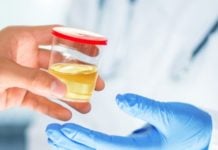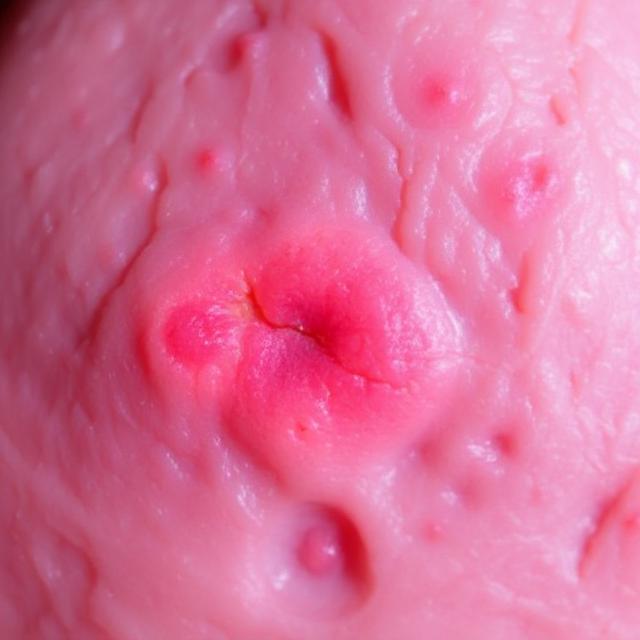Pemphigus vulgaris is a rare and serious autoimmune disease that affects the skin and mucous membranes, such as the inside of the mouth. It causes painful blisters and sores that can make eating, speaking, and even simple daily activities very uncomfortable. Though it’s a lifelong condition, it can be managed with the right medical treatment.
What Is Pemphigus Vulgaris?
Pemphigus vulgaris is part of a group of diseases called “pemphigus,” which involve the immune system mistakenly attacking healthy cells in the skin and mucous membranes. In a healthy person, the immune system protects the body from infections. But in someone with pemphigus vulgaris, it produces antibodies that attack a protein called desmoglein. This protein helps skin cells stick together. When it’s damaged, the skin layers separate, leading to blisters (Stanley, 2012).
Who Can Get It?
Pemphigus vulgaris can affect anyone, but it is more common in middle-aged or older adults. It is slightly more common in people of Mediterranean, Ashkenazi Jewish, or South Asian descent (Ahmed & Shetty, 2017). Both men and women are equally affected.
It is not contagious, so you cannot catch it from someone else or pass it to others. However, scientists believe genetics may play a role, along with unknown environmental triggers.
Symptoms to Watch For
The most common and earliest symptom of pemphigus vulgaris is the appearance of painful blisters inside the mouth. These blisters can easily break and leave raw, sore areas. After that, blisters may also appear on the skin, especially on the chest, back, face, and groin.
These blisters:
- Are soft and easily break open
- Often become open sores
- Do not heal quickly
- May cause pain when eating or brushing teeth
In some cases, the scalp, eyes, throat, and genitals may also be affected (Baum et al., 2011). If left untreated, the disease can become life-threatening due to infections, dehydration, or poor nutrition from difficulty eating.
Diagnosis
Diagnosing pemphigus vulgaris usually requires several tests:
- Skin Biopsy: A small sample of skin is examined under a microscope.
- Direct Immunofluorescence: This test looks for antibodies in the skin.
- Blood Tests: These check for specific antibodies that attack skin cells.
Treatment Options
Although there is no cure for pemphigus vulgaris yet, treatment can control the symptoms and help patients live normal lives. The main goal is to reduce the immune system’s activity so it stops attacking the skin.
Common treatments include:
- Corticosteroids (like prednisone): These are strong anti-inflammatory drugs that quickly reduce symptoms.
- Immunosuppressants (such as azathioprine or mycophenolate mofetil): These help to calm the overactive immune system (Bystryn & Rudolph, 2005).
- Biologic therapy (like rituximab): This newer treatment targets specific immune cells and has been very effective for many patients.
Doctors often begin with high doses of medication to bring the disease under control, and then slowly reduce the dose to the lowest level needed to keep symptoms away.
Living With Pemphigus Vulgaris
Living with pemphigus vulgaris can be challenging, especially when symptoms are active. Pain from sores can interfere with eating, speaking, and even sleeping. Emotional health can also be affected, and many patients may feel isolated or frustrated by the long-term nature of the disease.
Pemphigus vulgaris is a rare but serious autoimmune disorder that affects the skin and mucous membranes. While it can cause significant discomfort and challenges, early diagnosis and modern treatments especially biologic drugs like rituximab have made it much more manageable than in the past. By working with healthcare professionals and staying informed, patients with pemphigus vulgaris can maintain a good quality of life.
References
- Ahmed, A. R., & Shetty, S. (2017). Clinical features and management of pemphigus vulgaris. Clinics in Dermatology, 35(4), 409–418. https://doi.org/10.1016/j.clindermatol.2017.03.007
- Baum, S., Sakka, N., Artsi, O., & Mimouni, D. (2011). Oral pemphigus vulgaris: Clinical course and outcomes. Journal of Oral Pathology & Medicine, 40(10), 765–770. https://doi.org/10.1111/j.1600-0714.2011.01036.x
- Bystryn, J. C., & Rudolph, J. L. (2005). Pemphigus. The Lancet, 366(9479), 61–73. https://doi.org/10.1016/S0140-6736(05)66791-2
- Stanley, J. R. (2012). Pemphigus vulgaris and pemphigus foliaceus. The New England Journal of Medicine, 366(6), 546–555. https://doi.org/10.1056/NEJMra1110538










